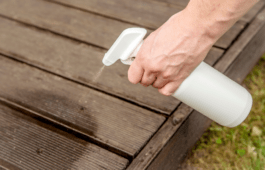Historical Inventions That Were Accidents
Who knew that some of the most essential and beloved inventions came about purely by accident? From lifesaving medical discoveries to everyday household items, many of these innovations were unexpected surprises. This article dives into the intriguing world of inventions that were stumbled upon by chance, proving that sometimes the best things in life are unplanned.
Penicillin: A Moldy Miracle
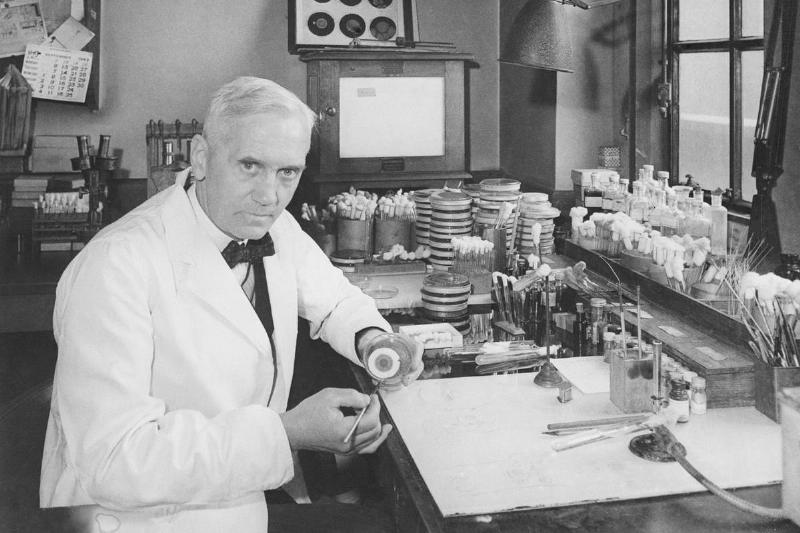
Penicillin, the first true antibiotic, was discovered by Alexander Fleming in 1928 when a petri dish left unwashed grew mold that killed surrounding bacteria. This serendipitous observation revolutionized medicine by launching the antibiotic era, saving countless lives. Fleming's chance encounter with mold has become one of the most significant medical breakthroughs in history.
The Microwave Oven: A Hot Discovery
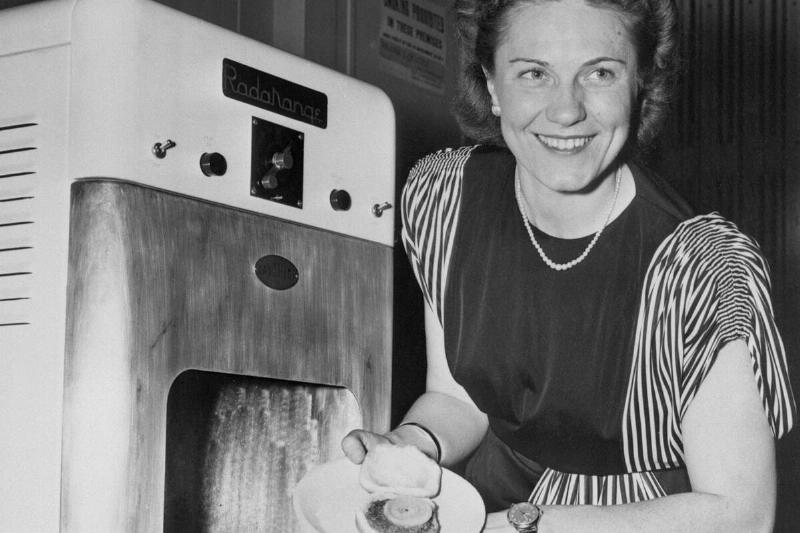
The microwave oven was born from a happy accident in 1945 when Percy Spencer, an engineer working on radar technology, noticed that a candy bar in his pocket melted. His curiosity led to the development of a device that could heat food quickly and efficiently, revolutionizing kitchens worldwide. Spencer's accidental discovery paved the way for a new era of convenience cooking.
Post-It Notes: Sticky Notes with Staying Power

Post-It Notes came to life when 3M scientist Spencer Silver accidentally created a low-tack adhesive. Years later, colleague Art Fry realized its potential for bookmarking his hymnal without damage. Thus, the brightly colored sticky notes were born, becoming indispensable in offices and homes for organizing thoughts and reminders with ease.
The Slinky: A Toy that Stumbled into the Spotlight
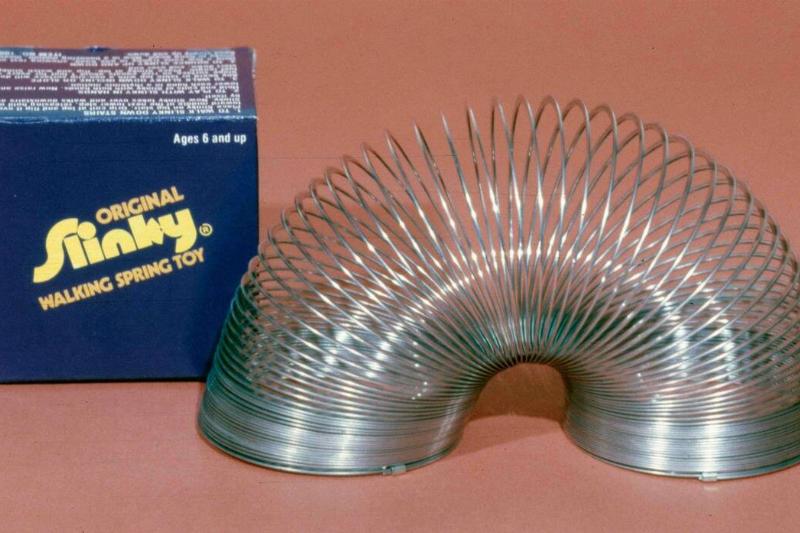
In 1943, naval engineer Richard James was developing springs to stabilize ship equipment when one fell to the ground and continued to move. This sparked the idea for the Slinky, a toy that has since captivated generations with its mesmerizing motion. James's accidental stumble led to an iconic plaything that continues to delight children and adults alike.
Chocolate Chip Cookies: Sweet Success from a Baking Blunder

Ruth Wakefield's attempt to make chocolate cookies in the 1930s took an unexpected turn when she ran out of baker's chocolate and used broken pieces of a Nestlé bar instead. The chocolate didn't melt, creating the first batch of chocolate chip cookies. This delicious mistake led to an enduring classic that's loved worldwide, sparking a new era in baking.
Velcro: Nature's Burrs Leading to a Fashion Revolution
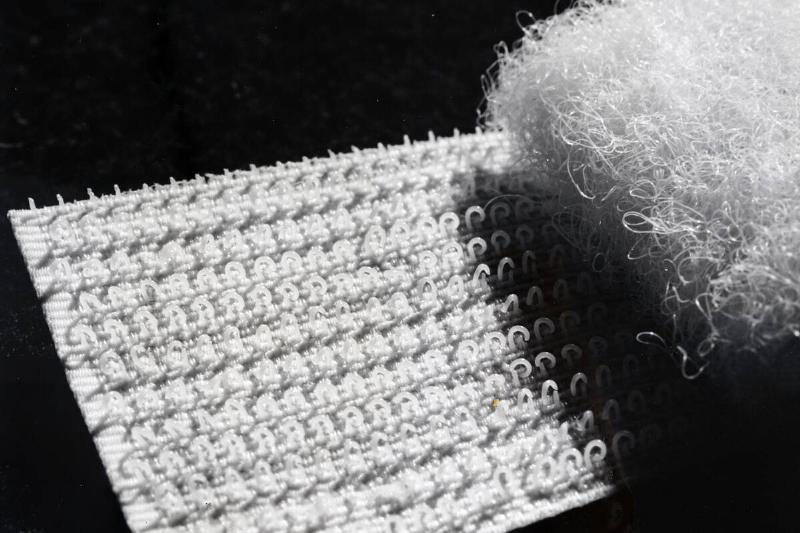
Swiss engineer George de Mestral was on a hunting trip in 1941 when he noticed burrs sticking to his clothes and dog. Intrigued by their natural hook-and-loop design, he mimicked it to create Velcro. This invention revolutionized the fashion industry and beyond, offering a practical fastening solution that is now a staple in various applications.
Safety Glass: An Accidental Shield for Safety
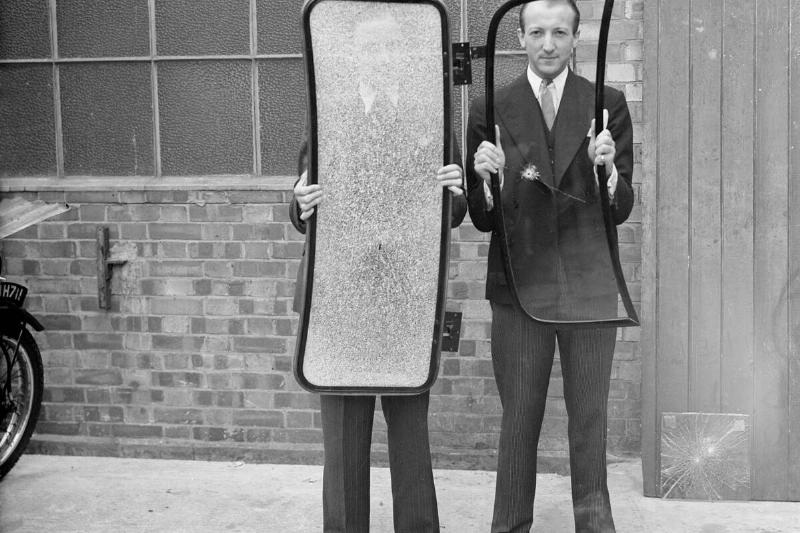
Safety glass was discovered by French chemist Édouard Bénédictus in 1903 after he accidentally dropped a flask coated with plastic cellulose and found it didn't shatter. This led to the development of laminated glass, which became crucial in automotive and building industries, providing enhanced safety and durability.
The Pacemaker: A Heartfelt Discovery
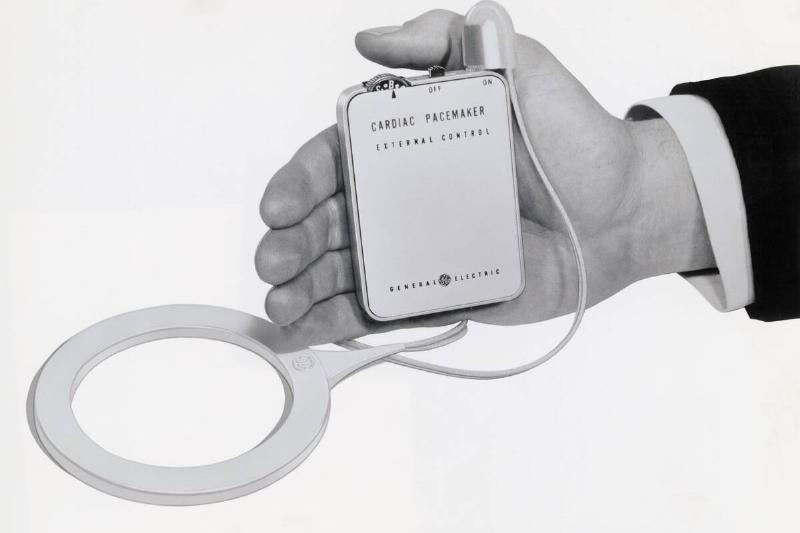
The pacemaker, a life-saving device, was born out of an error in the lab. In 1956, Wilson Greatbatch accidentally used the wrong resistor while building an oscillator, which led to a machine that mimicked the heartbeat. This serendipitous mistake evolved into a vital medical device, helping millions with heart issues maintain their rhythm.
Saccharin: A Chemist's Sweet Surprise

Saccharin, the artificial sweetener, was discovered in 1879 by Constantin Fahlberg when he forgot to wash his hands after a day in the lab and tasted something sweet at dinner. This serendipitous oversight led to the development of a sugar substitute that remains popular, offering a calorie-free solution for those craving sweetness.
Teflon: A Non-Stick Marvel from a Lab Mishap

Teflon, known for its non-stick properties, was discovered by Roy Plunkett in 1938 when he was attempting to create a new refrigerant and accidentally polymerized tetrafluoroethylene. This resulted in a slippery substance that would later transform cookware, providing a revolutionary solution to the age-old problem of food sticking to pans.
The X-Ray: Seeing Through Accidental Discoveries

In 1895, Wilhelm Conrad Röntgen discovered X-rays accidentally while experimenting with cathode rays and noticed a fluorescent glow from a nearby chemical. This groundbreaking discovery allowed us to see inside the human body without surgery, revolutionizing medical diagnostics and earning Röntgen the first Nobel Prize in Physics in 1901.
Plastic: A Chemical Curiosity that Changed the World
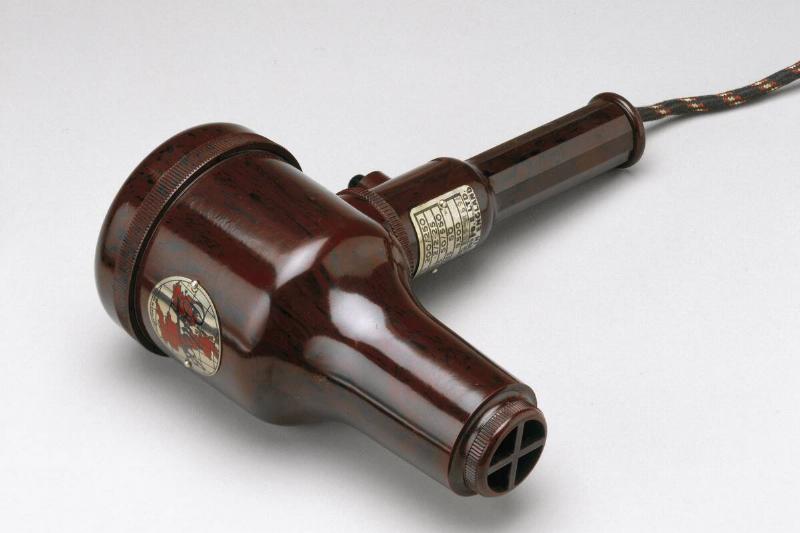
Plastic, a material that has reshaped the modern world, was discovered by Leo Baekeland in 1907 while trying to develop a synthetic substitute for shellac. His creation, Bakelite, was the first true plastic and paved the way for an industry that revolutionized manufacturing and everyday life with countless applications.
Coca-Cola: From a Medicinal Tonic to a Global Beverage
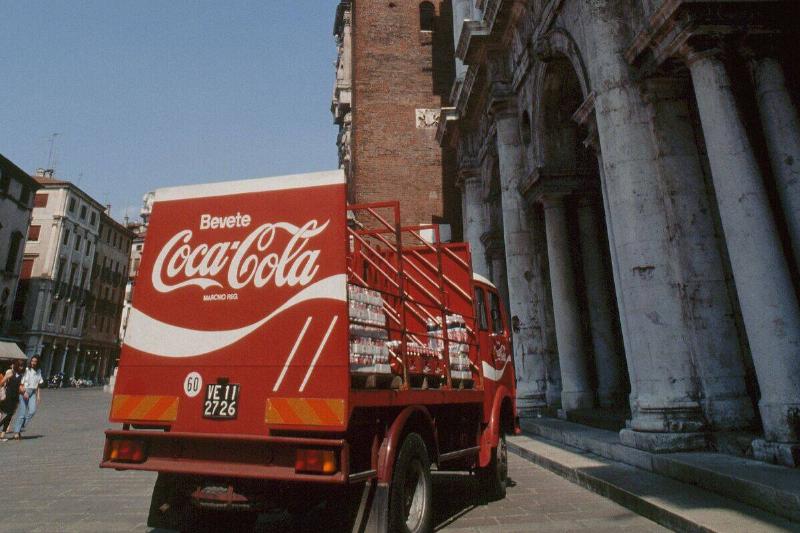
Coca-Cola was invented in 1886 by John Stith Pemberton as a medicinal tonic to relieve headaches. Accidentally carbonated, this concoction quickly became a refreshing beverage, capturing the hearts and taste buds of people worldwide. Today, Coca-Cola is one of the most recognizable brands globally, proving that a medicinal mishap can lead to sweet success.
Super Glue: A Sticky Situation Turned Practical Solution
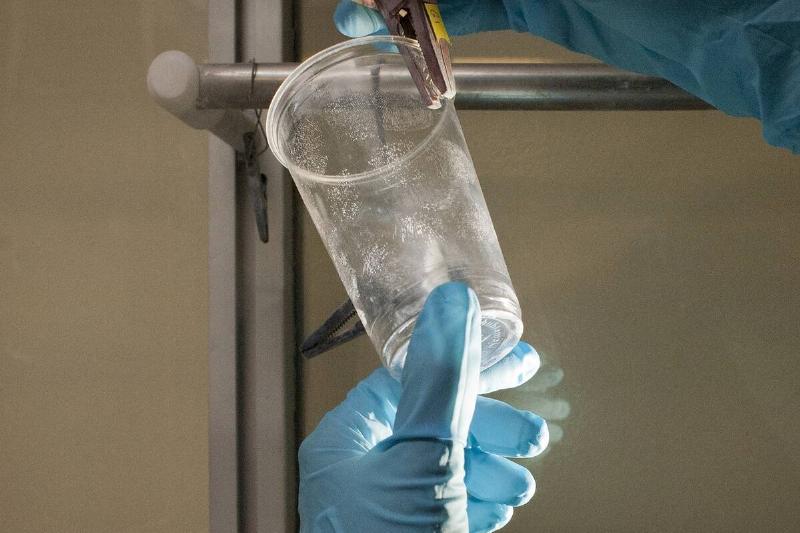
Super Glue was discovered in 1942 by Dr. Harry Coover while attempting to create clear plastic gun sights. The adhesive compound was initially dismissed due to its stickiness but later recognized for its potential as a powerful bonding agent. This accidental discovery has since become an indispensable household tool for fixing things quickly and effectively.


